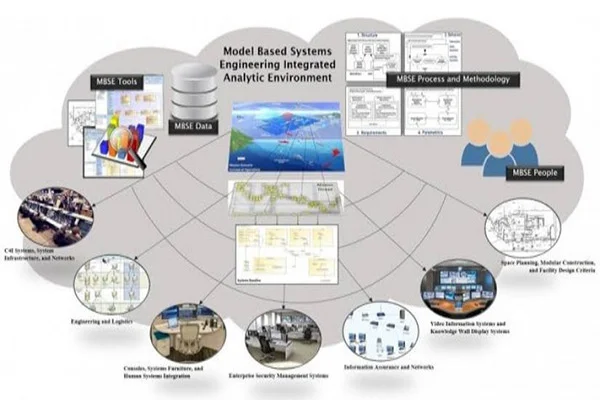Customer Login
Value Engineering
- Home
- Blog Details

- July 11 2019
- admin
During the lifecycle of a particular product, companies tend to review the existing design to look out for ways to reduce production cost. Even when coming up with a new product, so many manufacturers go for analyzing the same during its design phase so that it requires an optimum level of cost to produce. This is where Value Engineering comes in.
Value engineering is an organized method to improve the “value” of a product or service in the lowest of cost.
VE is a systematic approach aimed at obtaining the necessary functions in a product, process, or system at the minimum overall cost, thereby maintaining the quality, reliability, performance, and safety. It provides the substitution of materials and methods with less expensive alternatives, without jeopardizing the functionality. It is emphasized totally on the functions of various components and materials, rather than their physical characteristics. Value engineering is also called value analysis.
It was Lawrence Miles who came up with the concept of finding substitute materials for parts unavailable. It was found that substitutions not only reduced cost but aided in a better-finished product. It was this new technique that evolved into value engineering today.
The value in VE means two components:
- Function: The measure of performance abilities
- Cost: The resources needed to achieve the function
The function of a product is the specific task it was designed to perform, and the cost refers to the cost of the item during its life cycle. The ratio of function to cost denotes that the value of a product can be increased by either improving its function or decreasing its cost. In value engineering, the cost related to production, design, maintenance, and replacement are included in the analysis.
If we take an example of a new tech product which is being designed and is slated to have a life cycle of only two years; the product will be designed with the least expensive materials and resources that will live up to the end of the product’s lifecycle, saving the manufacturer and the end-user money. This is how product value is improved by reducing costs. It is evident that with the increase in function value and decrease in price, the overall product value increases.
Stages of Value Engineering
There are three main stages to value engineering, which are:
- Planning: Gathering product information, and understanding its primary goals, identifying the functionality of the product.
- Design: Designing alternative ways to incorporate in the product which enhances the value rather than affecting its function and quality
- Methodology: Reduce the action list as much as possible. Developing alternatives to feasible plans. Allocation of costs.
Benefits of Value Engineering
Value engineering helps an organization in numerous ways:
- Lowering O&M costs
- Improving quality management
- Improving resource efficiency
- Simplifying procedures
- Minimizing paperwork
- Reducing staff costs
- Increasing procedural efficiency
- Optimizing construction expenditures
- Developing value attitudes in staff
- Competing more successfully in the marketplace
Value engineering concepts apply to business as well as technical situations and consequently lead management to informed, result-oriented decisions. Value engineering has to be treated as a future investment for gaining technology leadership in the industry.
- adminhttps://www.pre-scient.com/us/author/webwideit/
- adminhttps://www.pre-scient.com/us/author/webwideit/
- adminhttps://www.pre-scient.com/us/author/webwideit/
- adminhttps://www.pre-scient.com/us/author/webwideit/